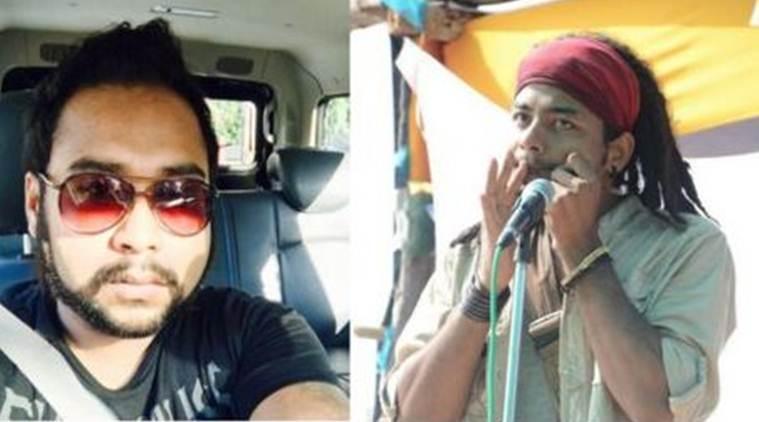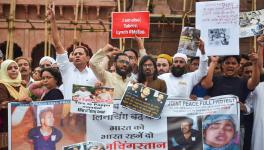Assam Lynching: Rumours and State Legitimacy

The recent lynching of two Guwahati youths in Karbi Anglong on June 8 has received widespread condemnation in Assam. The incident has several worrying angles – particularly with the NRC to be published at the end of the month, and the Citizenship Bill issue reaching a fever pitch. The state’s response so far has been reflected in arrest of the16 people in connection with the lynching as well as constituting a cyber wing to deal with rumour-mongering on social media. Of the 16 people arrested, one had allegedly posted the rumour on social media. The rumour was that there were child abductors on the prowl in the area. The mob had allegedly assumed that the two men were child abductors. The Karbi Anglong Deputy Commissioner had reportedly questioned what the two men were doing in such a remote place at that hour, and further had stated that they should have informed the police of their presence before entering. This statement too has received condemnation.
One article mentioned that the mob did not exclusively consist of Karbi people, but also Bengalis and Bodos. Thus one can discount xenophobia based on ethnicity in this instance. The issue then is why the mob deemed the two to be the xopadhara(child abductors) that social media had warned them to look out for. Reports state that one of the victims, Nilotpal, had dreadlocks at the time, and the two were in an SUV. This might have established that they were not 'locals'. The next issue is why a rumour on social media had such an impact? As per the 2016 statistics in 'Crime in India' published by the NCRB, Assam has had 1,451cases of abduction of children below 18 years. The bulk of which were minors between the age bracket of 12 and 18. Add to this the charged atmosphere– caused by the NRC and the Citizenship Bill– which is perhaps being beamed to the cellphones and laptops through social media. The other issue concerns why the mob firstly deemed social media trustworthy, and secondly why they didn’t apprehend the two and hand them over to the police. This side makes the issue more uncomfortable because it points to the fact that social media is a more trusted news source than any other, and also that there appears to be distrust towards the police.
Blaming social media for the incidents of mob lynching appears to be a common thread. The violence unleashed in Shillong was blamed on social media posts stating that a Khasi youth had died after being beaten by the residents of Punjabi Lane. The state’s response for dealing with such rumours tends to be sending out advisories – often from the police – to not believe rumours, as well as to constitute a team to track social media. The issue regarding social media is not whether the rumours can be stopped, but whether people can recognise them. Distrust towards traditional media as being 'paid news', particularly when the news or views presented do not fit one's beliefs and prejudices, is a contributing factor. As well as the ability of users to differentiate fact from fiction – in an age where content is continuously being generated without any cross checking – plays a role. For example, one of the earliest falsehoods propagated by the internet in its nascent stages was that the average person swallows eight spiders in their sleep in a year, though the number varies from source to source. This was a joke and intended to see how many people would believe it. This joke however has even made its way into children's books of 'facts', thus propagating a relatively benign falsehood. The problem is when the falsehoods have real life consequences.
Distrust towards the police and the state has led to many mob lynchings across the Northeast. The Dimapur lynching when a suspected 'non-local' rapist was broken out of the police station and killed. The Arunachal Pradesh lynching when two 'non-locals' accused of rape and murder were killed at an intersection. And now the Karbi Anglong lynching. That the state machinery is distrusted appears to be well established. Reasons for distrust can vary from corruption and prejudice to a bad reputation in areas that have had armed activity. There are no simple answers for how the state can gain or regain its legitimacy. At the most, the state can only go into the ‘damage control’ mode, as it already has, by constituting a cyber cell and promising punishment to all those involved.
Get the latest reports & analysis with people's perspective on Protests, movements & deep analytical videos, discussions of the current affairs in your Telegram app. Subscribe to NewsClick's Telegram channel & get Real-Time updates on stories, as they get published on our website.
























